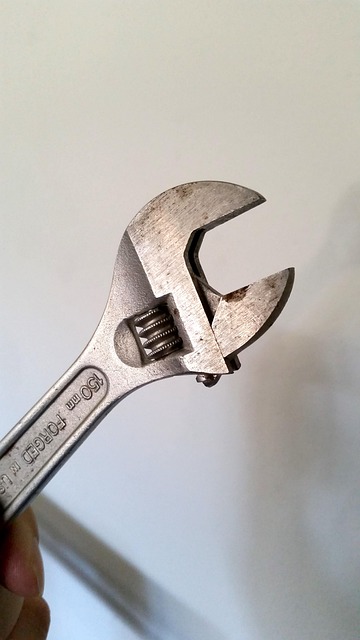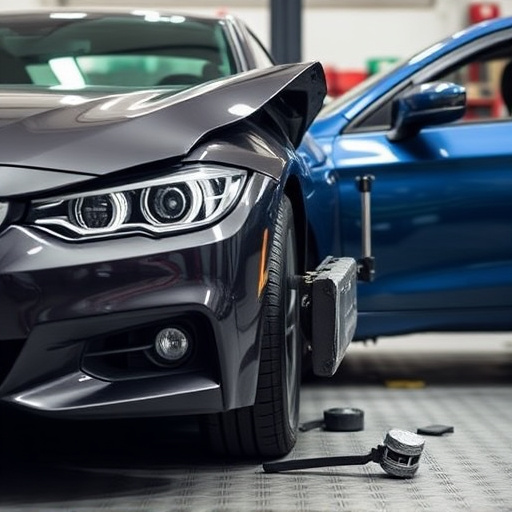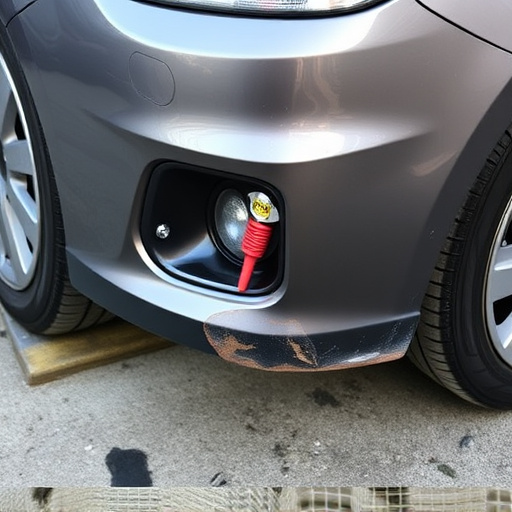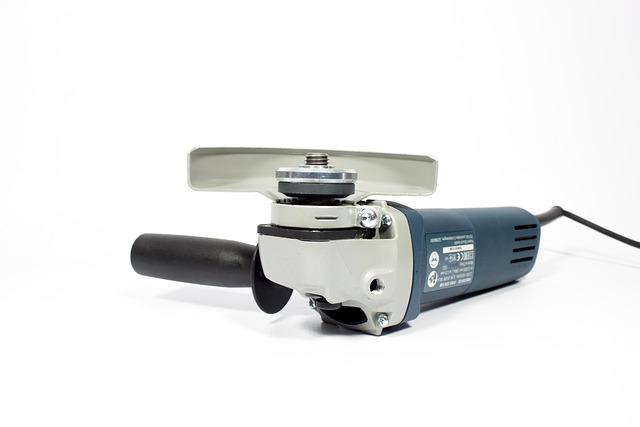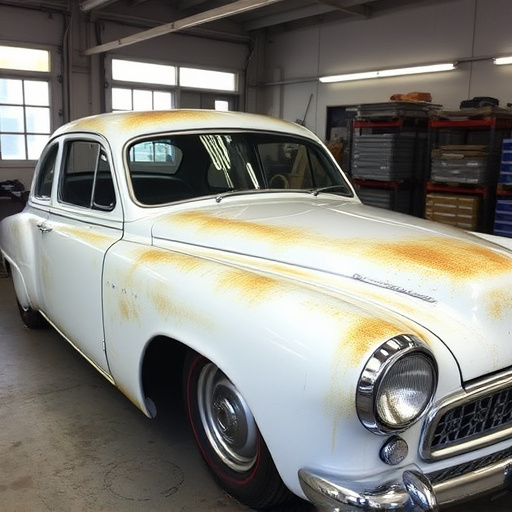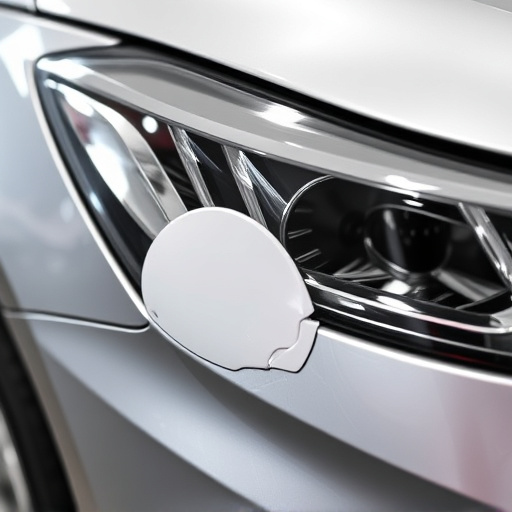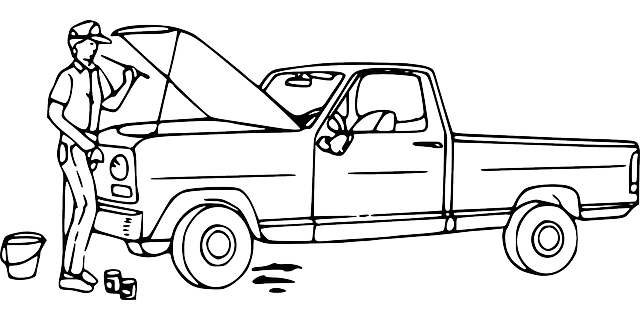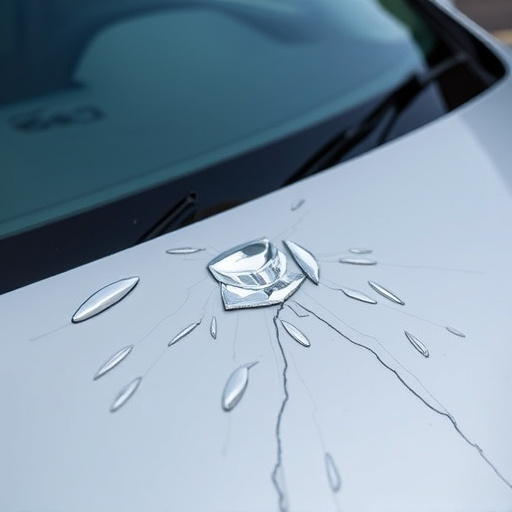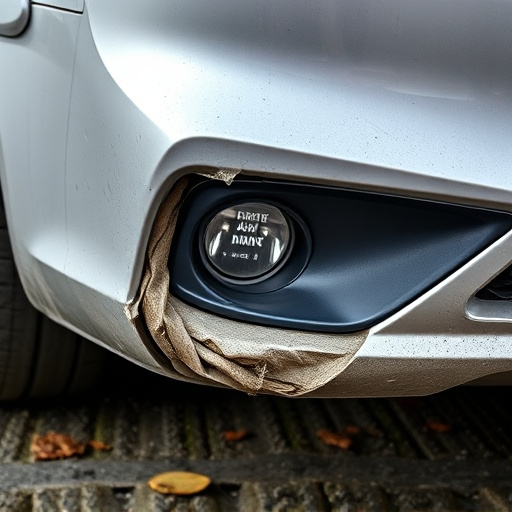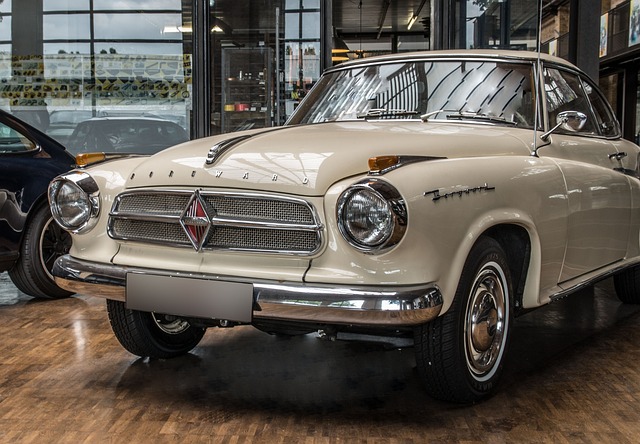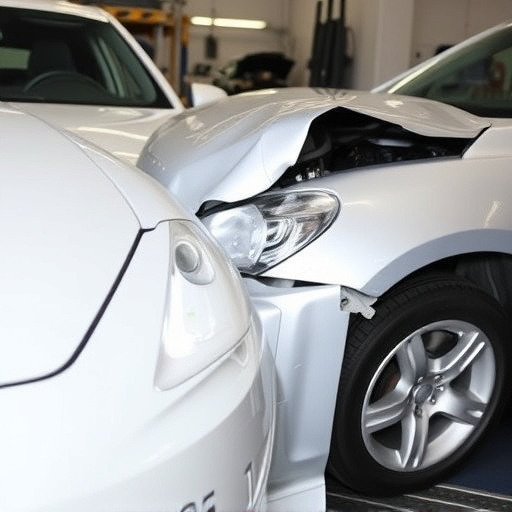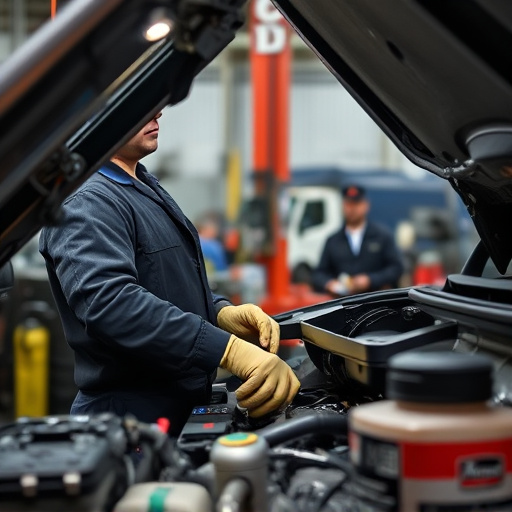Tesla-approved adhesives set a new standard for corrosion prevention between different metals in cars, crucial for auto repairs like paintless dent repair and Mercedes Benz servicing. The right adhesive selection, based on metal compatibility, environmental factors, and desired bond strength, ensures long-lasting bonds and structural integrity while meeting industry standards. Proper application techniques, including surface preparation and recommended adhesive use, are vital for aesthetic appeal and preventing future corrosion issues in collision repairs.
Tesla-Approved Adhesives Prevent Corrosion Between Dissimilar Metals: Ensure your vehicle’s longevity with specialized adhesives, a game-changer in corrosion prevention. This article delves into Tesla’s stringent corrosion prevention standards and guides you through selecting the right dissimilar metal adhesives. Learn application techniques to maximize durability and protect your electric vehicle’s crucial components. Discover how Tesla-approved adhesives enhance structural integrity and safeguard against moisture and environmental factors.
- Tesla's Corrosion Prevention Standard
- Choosing Dissimilar Metal Adhesives
- Application Techniques for Longevity
Tesla's Corrosion Prevention Standard
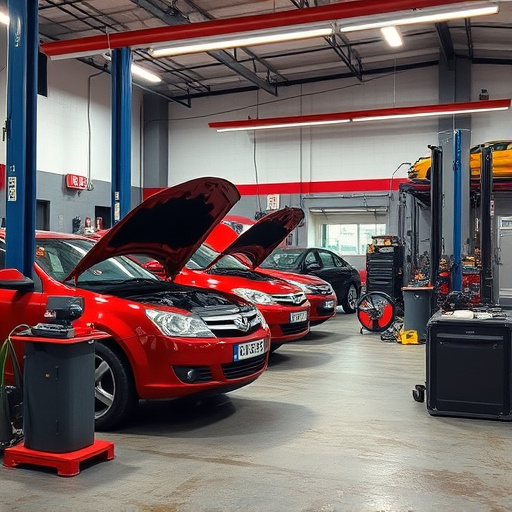
Tesla has set a new industry standard for corrosion prevention between dissimilar metals in automotive applications. Their rigorous testing and approval process ensures that only the highest quality adhesives meet their stringent criteria, guaranteeing superior performance and longevity. When it comes to auto repair near me or paintless dent repair, Tesla-approved adhesives play a crucial role in maintaining the integrity of vehicle body shops’ work. These specialized adhesives are designed to bond dissimilar metals seamlessly, preventing corrosion, rust, and other damage that can compromise structural integrity and aesthetics.
By prioritizing corrosion prevention, Tesla is ensuring that their vehicles remain not only safe but also looking their best for years to come. This commitment extends to paint jobs and body repairs, so when you’re considering a vehicle body shop, remember the importance of using Tesla-approved adhesives. These high-quality products are a key component in achieving long-lasting results that meet Tesla’s exacting standards.
Choosing Dissimilar Metal Adhesives
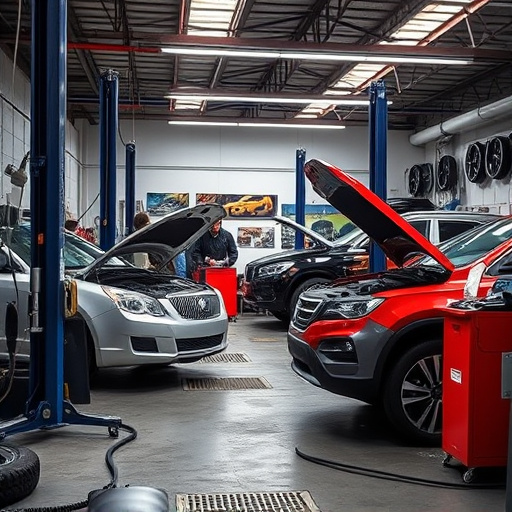
When it comes to joining dissimilar metals, especially in automotive applications like Mercedes Benz repair or car body repair, selecting the right adhesive is paramount. Tesla-approved adhesives play a crucial role in preventing corrosion and ensuring long-lasting bonds between different metal types. These specialized adhesives are designed to meet stringent industry standards while offering superior performance.
Choosing the appropriate adhesive involves considering factors such as the compatibility of the metals, environmental conditions, and desired bond strength. For instance, automotive technicians might opt for epoxy-based adhesives when bonding steel and aluminum components, given their ability to withstand varying temperatures and their high corrosion resistance. This meticulous selection process is essential to avoid issues like galvanic corrosion, ensuring the structural integrity and aesthetic appeal of vehicles, whether it’s a Tesla or a Mercedes Benz.
Application Techniques for Longevity
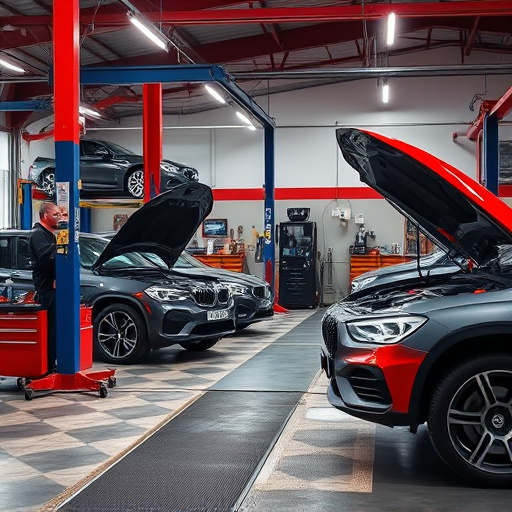
When applying Tesla-approved adhesives for dissimilar metal bonding, proper technique is key to ensuring longevity. The process involves careful preparation of both surfaces to achieve optimal adhesion. This includes cleaning and degreasing to remove any contaminants that could hinder the adhesive’s bond strength.
Professional auto body services often employ specialized tools and techniques such as sandblasting or chemical etching to create a roughened surface, enhancing the contact area and mechanical interlock between metals. Proper application, including using the recommended adhesive type and thickness, is vital. This ensures not only a strong joint but also prevents future corrosion issues commonly associated with metal-on-metal contact in vehicle bodywork. Collision repair services benefit from these techniques, offering lasting solutions for a variety of auto body repairs.
Tesla-approved adhesives play a pivotal role in preventing corrosion between dissimilar metals, ensuring the longevity of vehicle components. By understanding Tesla’s corrosion prevention standards and choosing the right adhesive, along with employing effective application techniques, automakers can maintain the structural integrity and aesthetic appeal of their electric vehicles for years to come. Adhering to these practices not only fulfills Tesla’s high-quality expectations but also contributes to the overall durability and sustainability of EV infrastructure.
